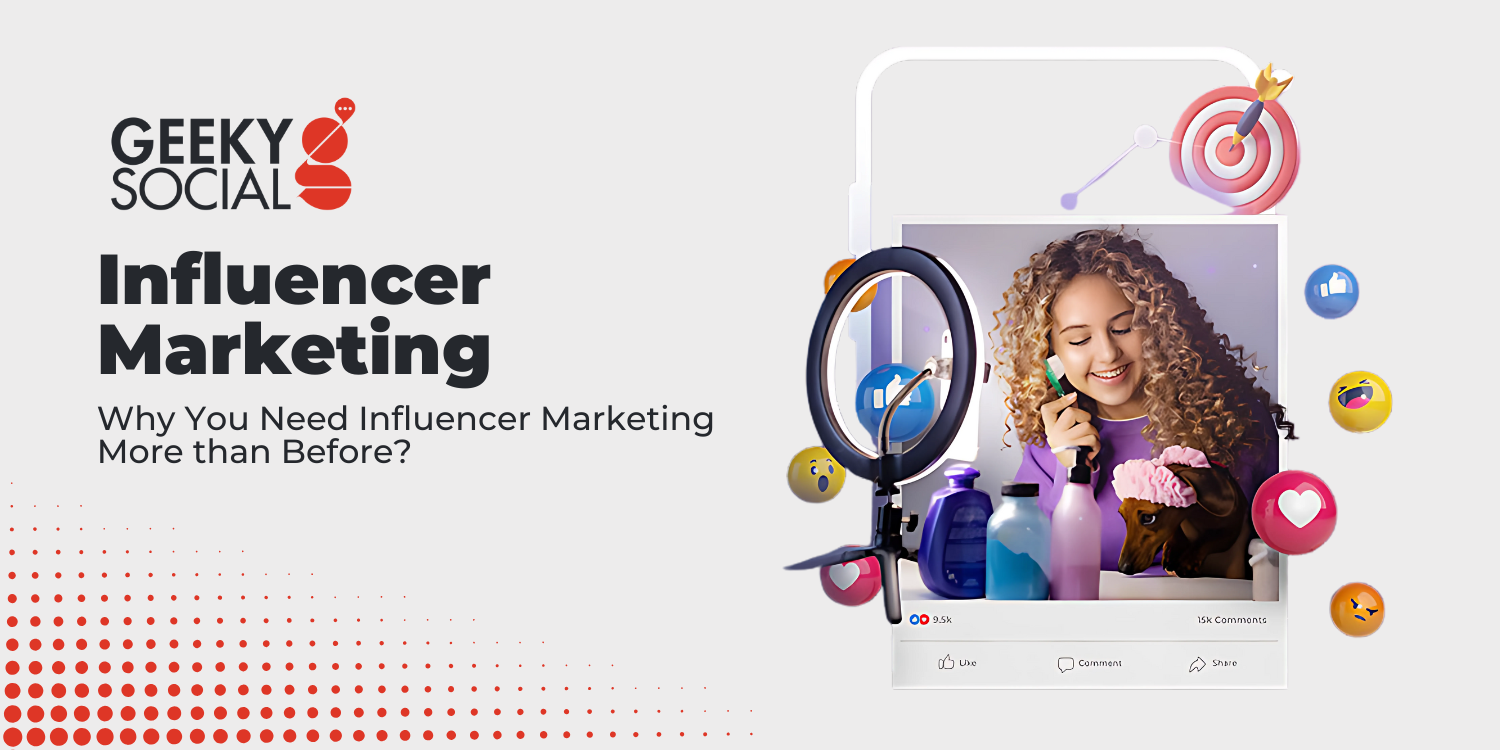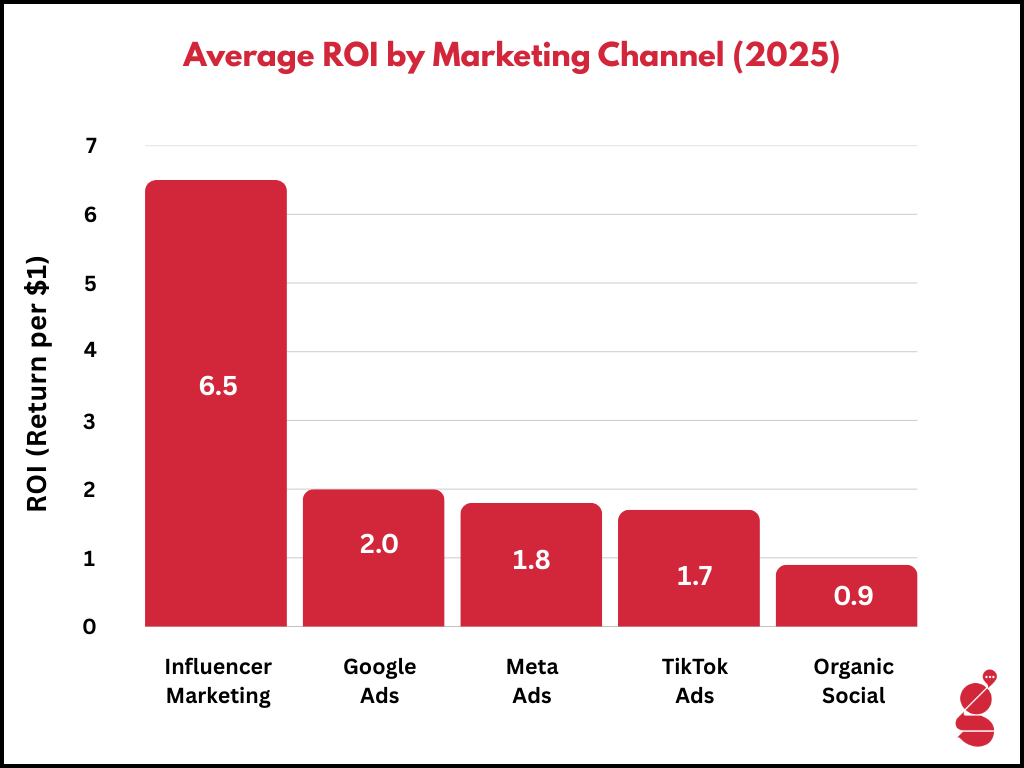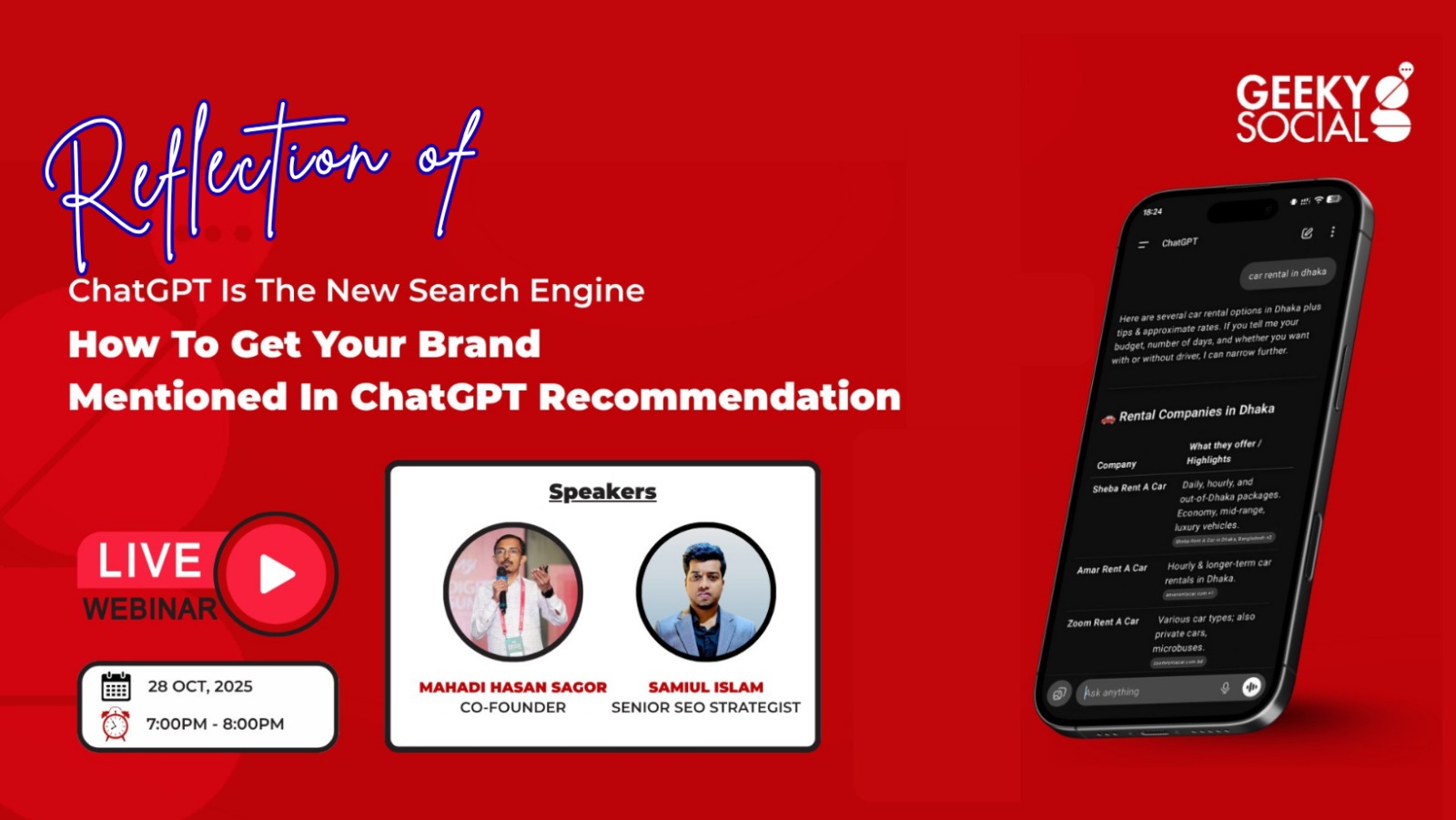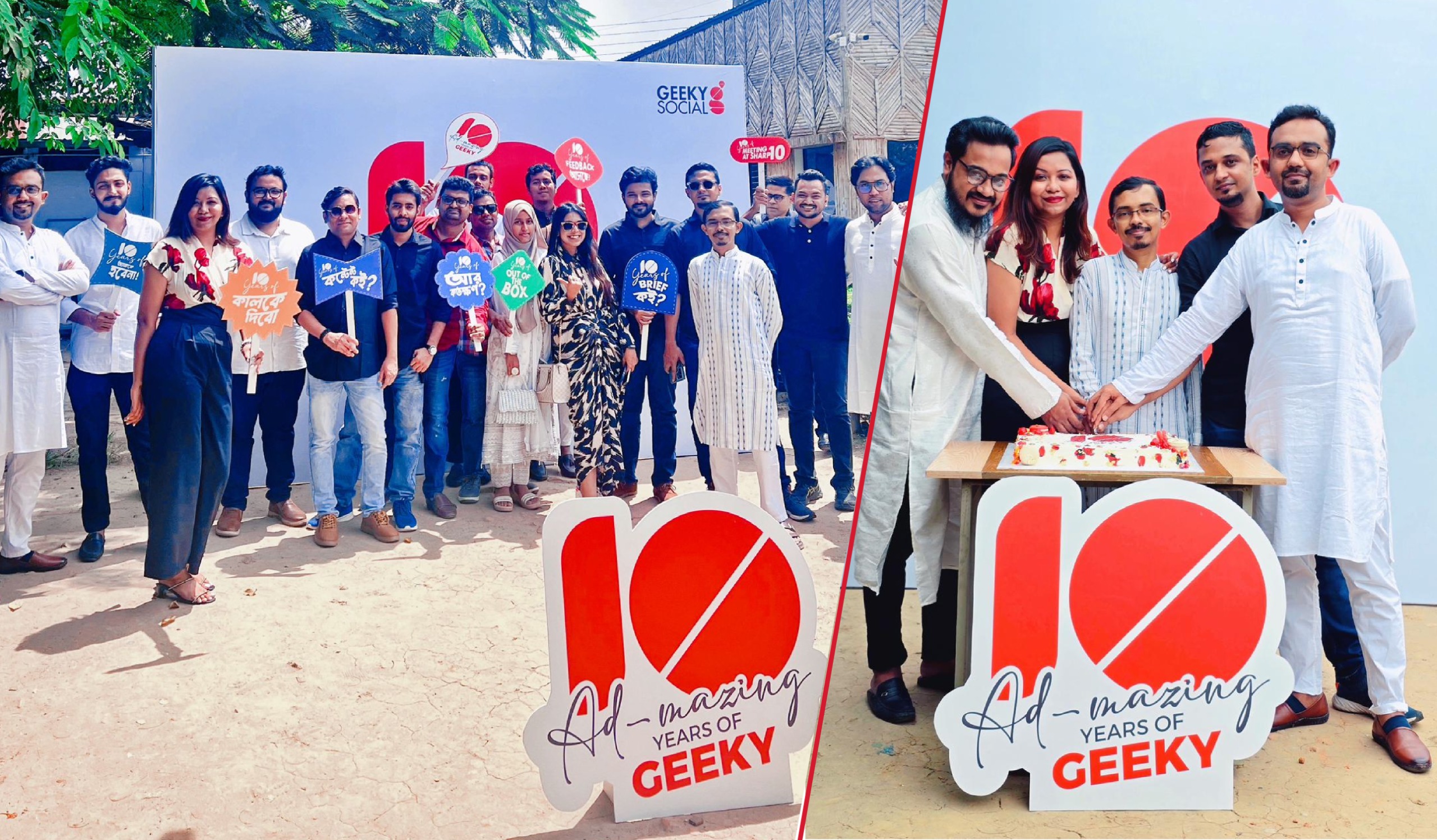
Why You Need Influencer Marketing More than Before
- Published on

Table of Contents
Marketing is constantly evolving. But if there’s one shift brands can’t afford to ignore right now, it’s the growing influence of creators or what we commonly refer to as influencer marketing.
We’re no longer in a time where influencer marketing is a trend or optional. It’s now a key growth channel, especially as consumer behavior continues to change in the age of content saturation, short attention spans, and AI-assisted discovery.
According to Global Banking and Finance Review, as of 2025, influencer marketing campaigns generated on an average 11 times more ROI than other digital marketing methods.
Let’s break down exactly why influencer marketing matters more than ever and why your brand might be leaving growth on the table if you’re not investing in it today.
1. Traditional Ads Alone Isn't Enough Anymore
Media Buying has become extremely competitive and calculative. You actually need years of experience and understanding to be the master of it. One wrong move and you won’t get satisfactory results, even after burning few thousand dollars!
That’s why you need expert hands and an omni-channel strategy to always stay ahead of your competitors. One tactic that has been put into practice in modern marketing is influencer marketing.
Influencers are seen as trusted voices. When they share a product, it feels less like a sales pitch and more like a recommendation from someone you follow and respect. This trust translates into higher engagement and purchase intent, especially compared to cold display ads.
As platforms are becoming more content-centric and paid ads are being intensely competitive, the ability to place your brand naturally into storytelling strengthens your market standing. And influencers are the best people to do that.

2. People Don’t Search Like They Used To
The rise of AI tools like ChatGPT, voice search, and zero-click search results on Google has changed how people discover products. Consumers are asking more conversational, complex questions. They’re looking for recommendations, comparisons, and real-life experiences.
That’s where influencers come in!
They create content that answers these modern queries in authentic, relatable ways. When a skincare creator reviewing the “best sunscreen for oily skin” or a tech influencer comparing mid-range laptops under BDT 50,000 – this content gets discovered, reshared, and increasingly referenced by AI assistants and Google itself.
In many cases, influencer content is what fuels product mentions in ChatGPT and even AI Overviews. That visibility compounds over time.
3. Influencers Are Mini-Media Houses
The top creators today aren’t just posting on Instagram. They run content engines across YouTube, TikTok, Instagram, LinkedIn, and even their own newsletters and blogs. “Khalid Farhan” is the best example of it. They’re building brands and communities of their own.
Partnering with the right influencers gives you access to these communities. Not just once, but over time if the relationship is built strategically.
It’s more than just reach. It’s about tapping into cultural relevance, niche authority, and trusted voices at scale. Think of it as renting a media channel with better targeting, creative freedom, and results tracking.
4. Influencer Content Fuels the Rest of Your Marketing
One of the most underutilized benefits of influencer marketing is content repurposing.
Once you collaborate with influencers, their content can power your paid ads, emails, landing pages, and even product pages. Their testimonials and use-cases give your brand social proof and freshness. In fact, these are the two things your own in-house creative team will struggle to produce at scale!
Instead of spending thousands on studio shoots, you can use influencer-generated content that feels more real, diverse, and relatable to your actual customers. And it performs better too.
5. The Shift from Reach to Results
Earlier, influencer marketing was mostly about vanity metrics: Likes, Views, Followers. Now, it’s matured. Brands care about conversions, not clout.
Influencers who can drive measurable outcomes like app installs, eCommerce sales, signups, subscriptions are winning long-term partnerships. Tools and attribution models have improved. And so has the mindset of marketers investing in this channel.
You no longer need to gamble on mega-celebrities. Even micro and mid-tier influencers with tight communities and strong engagement are proving to be ROI-positive and far more aligned with performance goals.
6. AI is Changing Discovery, Not Influence
Even if AI becomes part of the search journey, human influence still matters!
When people ask ChatGPT, “What are the best productivity tools?” Then, AI doesn’t pull from a vacuum. It pulls from articles, reviews, YouTube scripts, blog posts, and user discussions. Many of these are created or influenced by creators and influencers!
Getting your product mentioned in these places increases your chances of being part of AI-powered discovery. It’s an indirect effect of influencer marketing.
Last Words
Influencer marketing isn’t just another channel. It’s the foundation of how modern consumers discover, trust, and buy from brands.
If you’re still treating it like a one-time campaign, you’re missing out on awareness and losing relevance in a fast-moving, content-first world as it has become extremely difficult to be on top of the customer’s mind.
Smart brands are no longer asking, “Should we do influencer marketing?”
They’re asking, “Who are the right influencers to grow our brand?”
“Influence” is the new SEO, the new PR, and the new trust signal – all in one.
Share Now on social media
Join Our Newsletter
Stay up-to-date with latest media insights and updates





